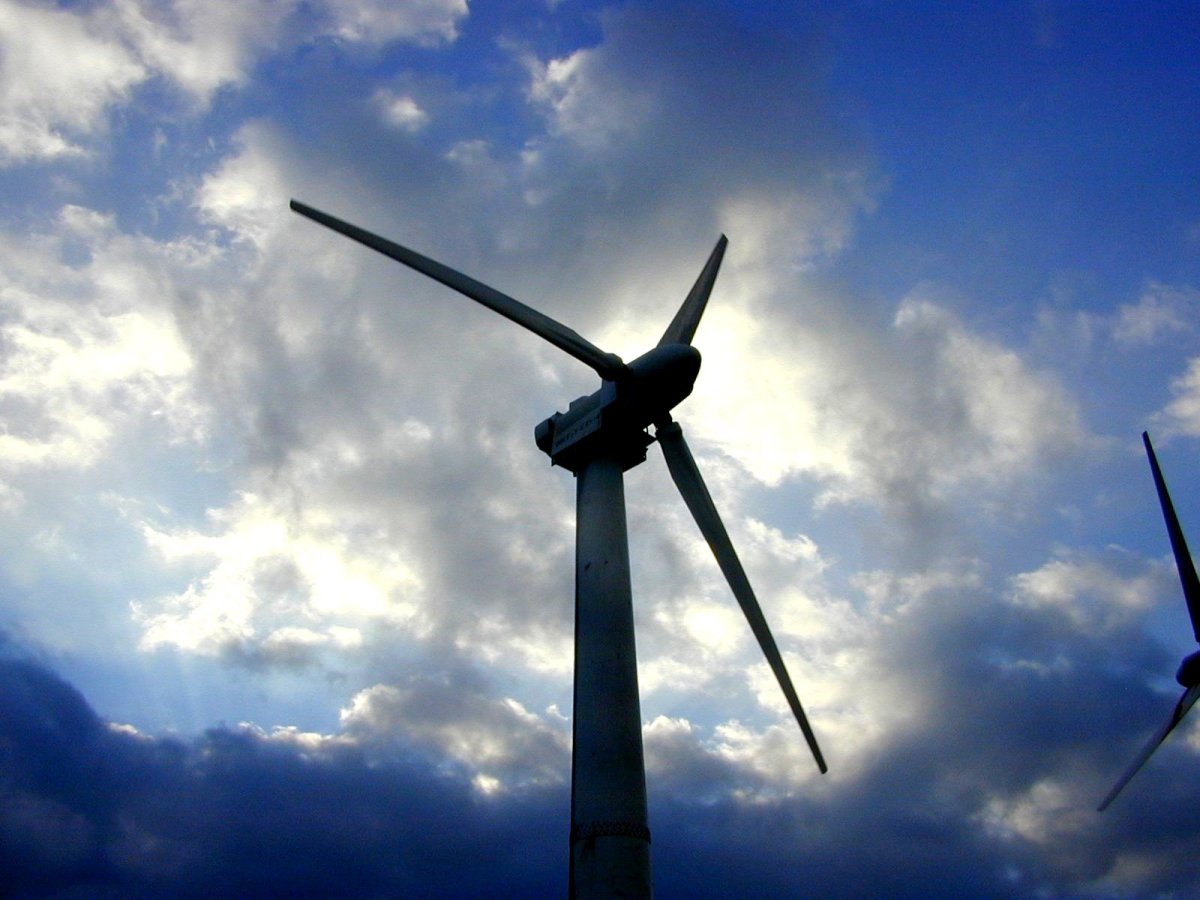Green Power Faces Headwinds

Last week, the New York Times published an interesting article about the economic challenges currently facing the renewable energy industry. While renewable energy has seen strong growth in the US over the past several years, the onset of the global recession has severely curtailed that growth.
There are several factors that have contributed to this slow down.
1. The credit crisis. The heady days of free-flowing credit have ended. Renewable energy companies can no longer rely on banks to provide the high levels of of credit necessary to fund this still nascent industry. This lack of credit is further compounded by the reduced demand for alternative energy projects — according to the American Wind Energy Association, year-to-date wind power installations are down 72% over 2009 levels.
2. Fossil Fuel prices. 2008 saw a huge run-up in fossil fuel prices, where Brent crude oil topped out at $145 per barrel. The global recession substantially reduced demand, causing fuel prices to fall off a cliff. Brent crude dropped into the mid $40s range in 2009, and while it has rebounded into the mid $80s in 2010, it is still a long ways off from $145. In 2008, alternative energy installation costs appeared more palatable in a rising fossil fuel environment. But with oil and natural gas prices still depressed, the economics favor the traditional energy sources. And recent strides made in hydraulic fracturing will likely keep natural gas prices low for the foreseeable future.
3. Consumption costs. With lower fossil fuel prices, the cost differential between traditional power and alternative energy projects can be quite stark. The Rhode Island state public utilities commission recently rejected a power purchase deal for an offshore wind project because it would raise utility costs from 9.5 cents per kilowatt hour to 24.4 cents per kilowatt hour. According to the Times, utility commissions in Virginia, Florida, Idaho and Kentucky have also rejected similar projects. And while the rise in costs may not always be as substantial, the recessionary environment has caused municipalities to be reluctant to raise costs associated with power consumption, despite the long term benefits of switching to green power.
4. Lack of a national energy policy. Government support for the growth of the renewable energy industry in the form of tax credits and clean power mandates has mainly fallen on the States. At the state level, there is a wide gap between those states that have embraced renewable energy (California, Washington, New Jersey) and those that have not (South Carolina, Indiana, West Virginia). And while the Obama administration has trumpeted the need for an increase in renewable energy, the climate change legislation brought before Congress in 2009 (American Clean Energy and Security Act) has been tabled indefinitely by the Senate after passing by a razor thin margin in the House (219-212). With the recent Republican surge in the House, several of the Democratic supporters of this bill have been voted out of out of office. Given the divided Congress and Obama’s flagging approval ratings, it is difficult to imagine a scenario in which a comprehensive national energy policy is put into place before 2013.